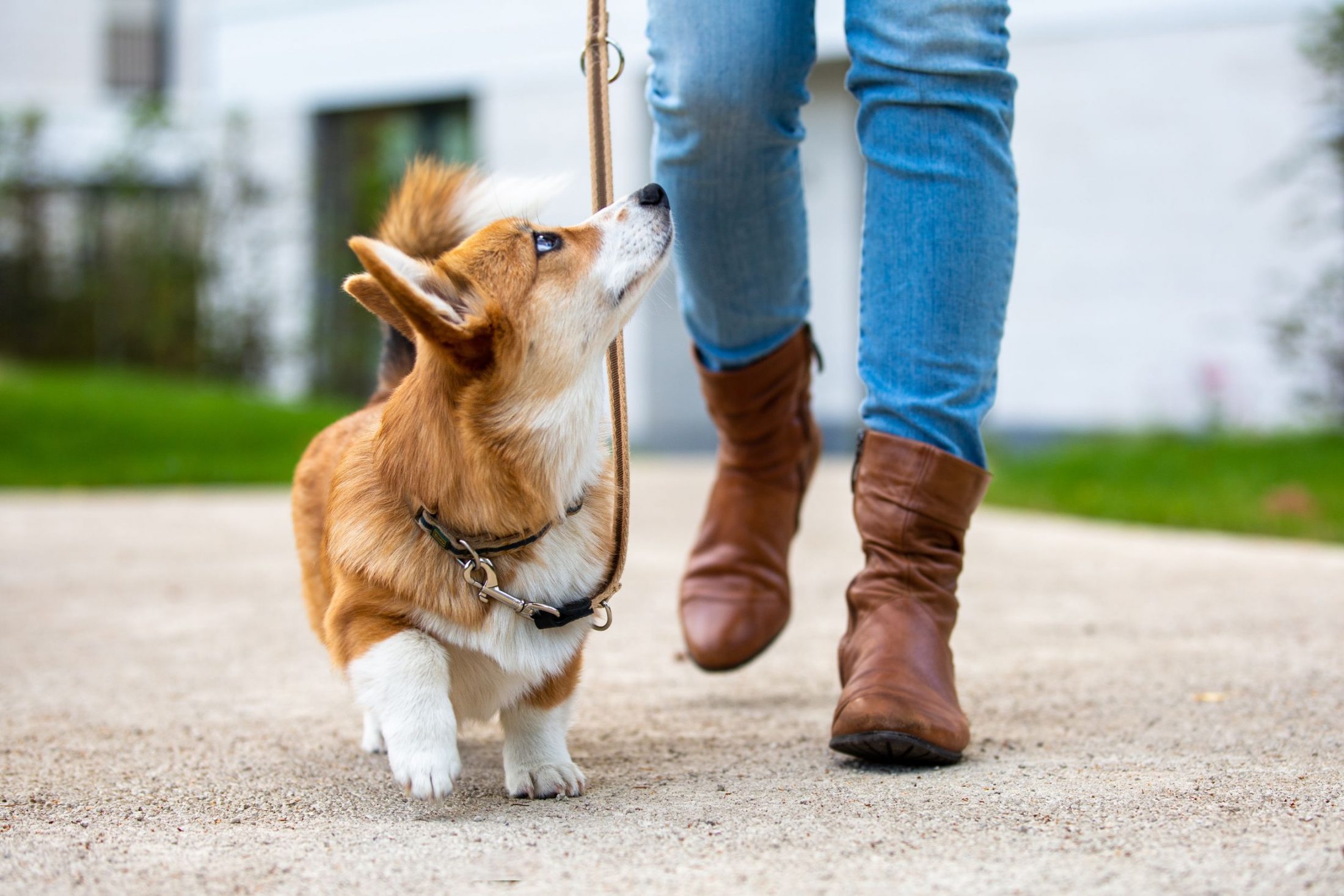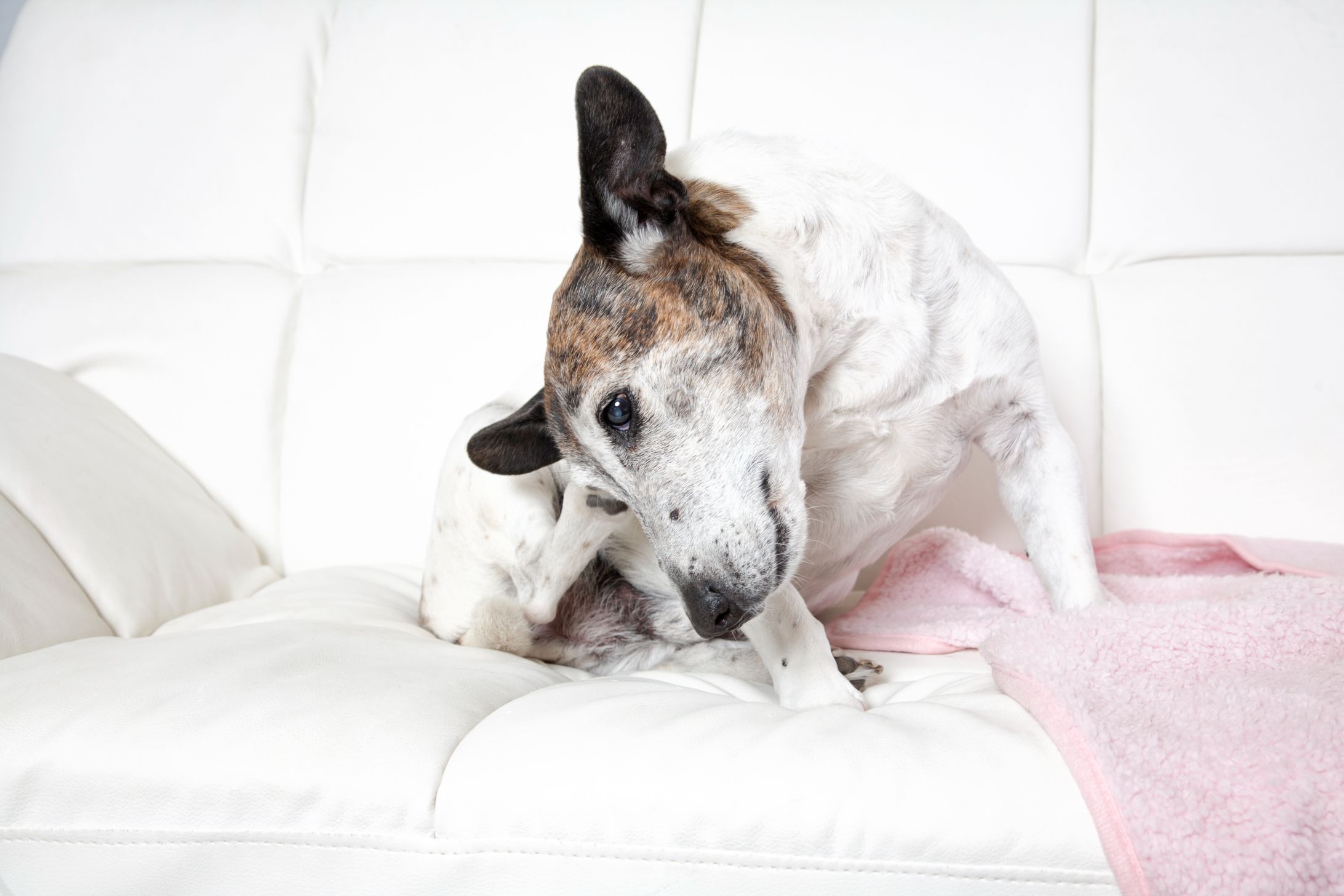
All dogs—big, small, and in-between—need exercise every day to help them stay healthy and happy. But knowing just how much physical activity your dog needs depends upon many factors, including age, breed, size, and overall health.
Your dog’s annual wellness exam is the perfect time to ask your Summeridge Animal Clinic veterinarian for recommendations that meet the needs of your individual pet.
Why Walking Matters
Yes, you need to take Max outside for potty breaks, but actually walking your dog to the extent that it benefits his overall pet health requires more than a trip to the backyard.
Exercising your dog for an appropriate amount of time every day will:
- Help him maintain a healthy weight;
- Keep his joints active and loose;
- Promote a longer dog lifespan;
- Give him opportunities to explore the world around him;
- Give him a sense of belonging
- Provide a bonding experience that will deepen his relationship with you; and
- Help him expend pent-up energy so he’s more relaxed.
A General Rule of Thumb
Dogs come in all shapes, sizes, and physical abilities, so there is no one-size-fits-all approach, but one thing is certain: your dog needs to exercise every day. The frequency and duration of your dog’s daily walks depend on many factors, but as a general rule, aim for 30 minutes to 2 hours of physical activity each day, divided into segments that are manageable for your dog.
Start slow when you adopt a new pet, and gradually build up distance according to your dog’s cues. Your dog’s needs will change as he ages, so be sure to adapt his walking schedule accordingly.
High-Energy Dogs
Some breeds—particularly hunting and herding dogs—naturally have far more energy than others and benefit from more frequent (and more vigorous) walks and activities, including:
- Labrador retrievers
- Golden retrievers
- Border collies
- Australian cattle dogs
- American foxhounds
- Boston terriers
- Jack Russell terriers
Puppies of almost any breed also fall into this category, as they typically have plenty of energy to spare!
Low-Energy Dogs
Older dogs as well as some breeds that naturally have less energy may be satisfied with just one or two short-distance strolls each day. These include:
- Basset hounds
- Great Danes
- Newfoundlands
- Bull mastiffs
- Greyhounds
- Bulldogs
- Pugs
When exercising a short-nose breed, such as a pug or bulldog, be mindful of how hard he’s working to breathe, and take breaks when he needs to rest.
Activities to Try
Your dog will appreciate sticking to an exercise schedule, but you can mix-in other activities so you’re not always walking the same path. Always consider your dog’s health, age, and fitness level when looking for new activities. Here are some to try:
- Play fetch
- Visit the dog park
- Jog for a portion of your usual route
- Walk with a dog-owning friend
- Walk a nature trail
- Swim
- Enroll your dog in agility training
- Climb a hill
Extra Tips for Comfort and Safety
- Accessorize your dog with a properly fitting collar or harness.
- Keep his flea and tick preventives up-to-date.
- Consider having him microchipped in case he would break free during a walk.
Give us a call at (905) 731-1225 if you have any questions about appropriate and healthy activities for your dog.


